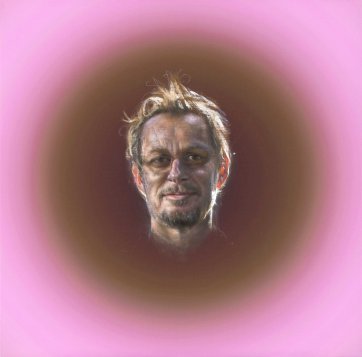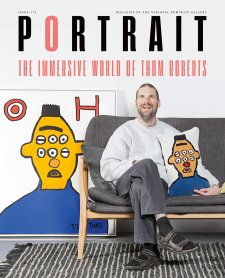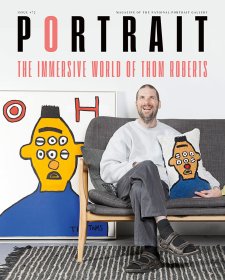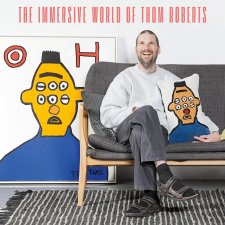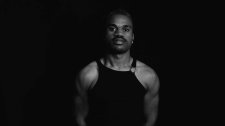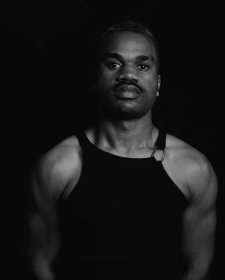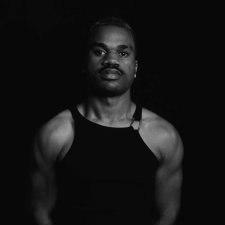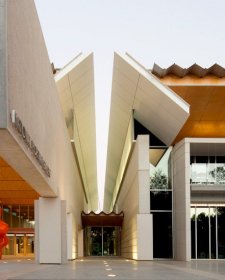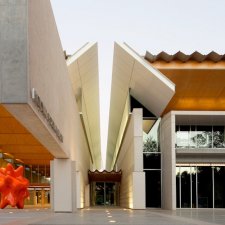Spanning 30 years, these portraits capture a life in music. Violinist, conductor and composer Richard Tognetti AO is Artistic Director of the Australian Chamber Orchestra (ACO). Tognetti moved to Sydney at age 11 to study violin at the Conservatorium High School, and later at the Sydney Conservatorium of Music. Following further studies with Igor Ozim at the Bern Conservatory in Switzerland, where Tognetti was awarded the Tschumi Prize for outstanding graduate soloist, he returned to Australia in 1989 and, at 25, became the youngest-ever director of the ACO. As director or soloist, Tognetti has appeared with many of the world’s leading orchestras, and in 2016 was the first artist-in-residence at the Barbican Centre’s Milton Court Concert Hall. He performed the Australian premieres of Ligeti’s Violin Concerto and Lutoslawski’s Partita, and has won seven ARIA awards, including three consecutive wins for his recordings of Bach’s violin works. Tognetti created the Huntington Festival in Mudgee, and was Artistic Director of the Festival Maribor in Slovenia from 2008 to 2015. He has collaborated with performers, filmmakers and artists including Barry Humphries, Michael Leunig, Jennifer Peedom and Bill Henson, and co-composed scores for feature films, notably Peter Weir’s 2003 Master and Commander: The Far Side of the World (for which he also coached Russell Crowe for his onscreen violin playing).
Photographer Stuart Campbell built up a unique record of the Australian cultural scene in the 1980s. His portrait of Tognetti was published in the program for the Sydney Dance Company’s 1985 performance of Shimmering, for which he played violin while he was a student.
Inspired by imaginary worlds, Louise Hearman’s paintings often express a sense of transience. As she noted of Tognetti’s portrait, painted in 2018: ‘How do you condense a brilliant frenetic being, who unfolds in time, into a single image that exists in the present? Richard is a field of energy and I have tried to nail down particles that look like they belong to him.’
